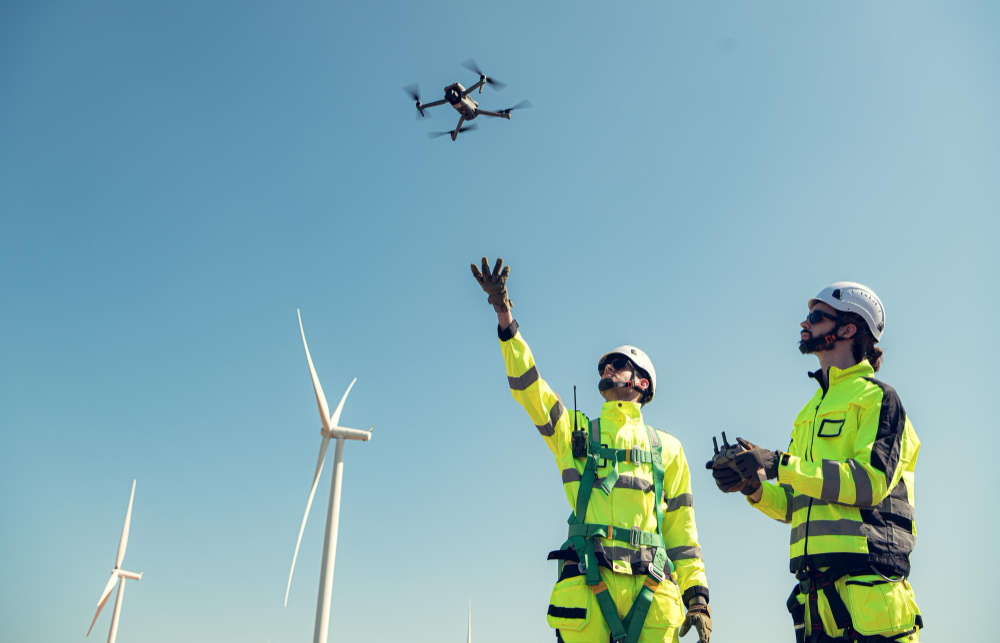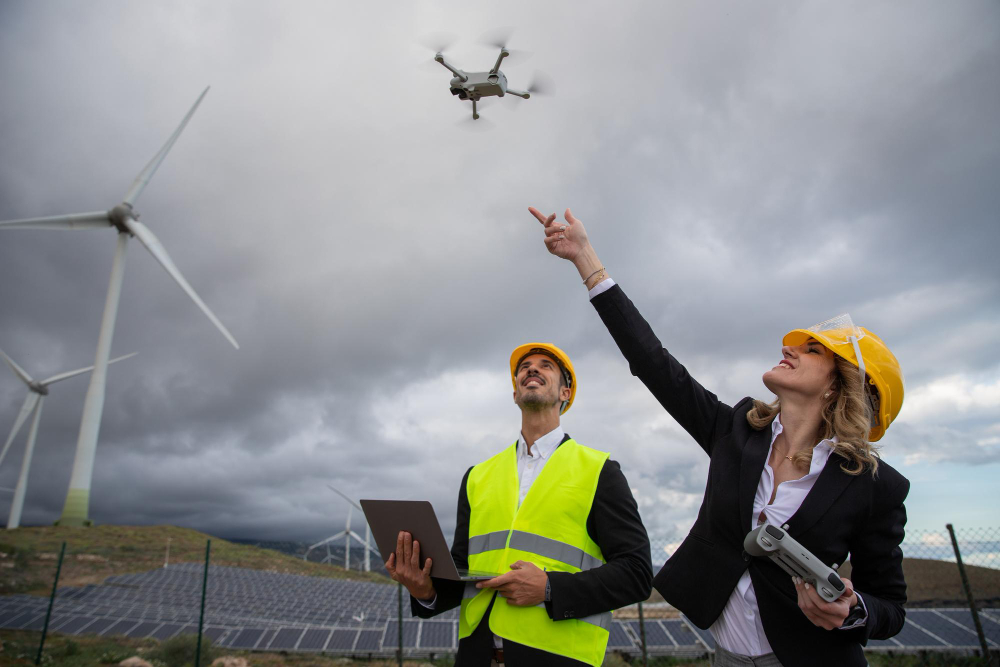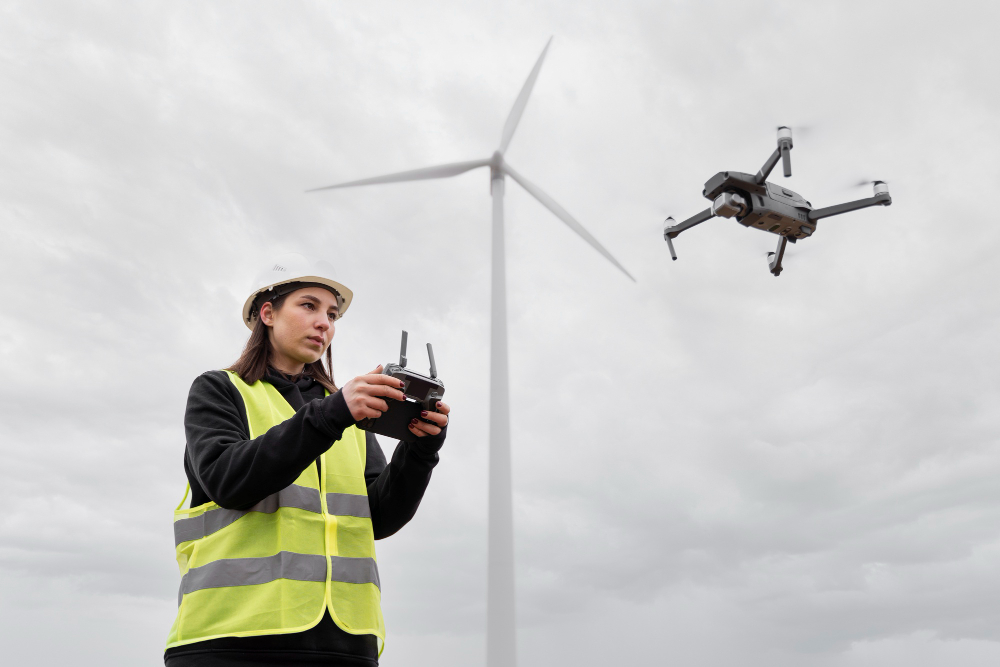3D Drone Survey
Inch-Perfect 3D Drone Survey Near You
At Bidston Draughting, we are the trusted leaders in precision-driven 3D drone surveys. We transform vast landscapes and intricate architectural structures into high-resolution visual data. With thousands of successful surveys completed, we have established ourselves as your trusted partner for reliable, detail-rich 3D drone mapping.
Our equipment uses advanced drone technology and industry-leading software to capture structural features with centimetre-level accuracy – ideal for planning, inspections, and digital modelling.
Contact us today at +442035761705 and get tailored advice from our specialists.
Fill Up the Form
Our Services
Land Registry Compliant Drawings
Our Land Registry Compliant Plans can be completed with a fast turnaround to match the legal documents of your property. This includes Freehold Title Plans, Lease Plans, Boundary Plans giving a Comprehensive Service for Property Owners.
3D Laser Scanning
3D Laser scanning is technology used to capture the reality of a site, this can be used in multiple professions. It can be used in our case to map sites and buildings, or it could be used to capture a traffic accident so forensics could return to the scene years later from a PC.
Drone Surveys
Inspect roofs, document developments, or conduct property surveys with a high level of detail and in record time. That’s the power of drone imagery and videos.
Topographical Surveys
Topographical surveys are land surveys that measure and map a piece of land’s physical features and characteristics. These features may include the terrain’s elevation, contours, vegetation, water features, and man-made structures.
MEP Design
Dedicated to pioneering solutions and streamlined project execution. We can assist with Building information modelling, BIM management, BIM to scan, M&E design consultancy, clash detection, COBie / Asset Data management and much more.
Title Plans
We specialise in providing accurate and detailed Land Registry Compliant Title Plans tailored to meet your specific requirements. Our team of experienced professionals understand the importance of precision and compliance when it comes to land documentation.

Benefits of Partnering with Us for Drone Survey
- Accuracy: Our advanced drone cameras feature built-in GPS and LiDAR for pixel-perfect videos and exceptional output quality.
- Health & Safety: RICS-qualified surveyors oversee each mission to eliminate any safety risks of traditional manual surveys for complex and undeveloped sites.
- Eco-Friendly: Our aerial systems produce minimal noise throughout the survey, safeguarding wildlife habitats and supporting the environment.
- Wider Coverage: For larger projects, we deploy multiple drones simultaneously for faster, efficient data collection, covering several acres in one session.
- Time Efficiency: Our drones capture hours of footage and data, enabling us to transform raw information into actionable reports in the least duration.
We can help you get the surveys and drawings that you need for your projects.
Our draughting team are ready.

Our Drone Mapping Survey Services
At Bidston Draughting, we provide various drone-surveying solutions across multiple industries, with high-resolution aerial captures offering dependable results for streamlined workflows.
- Dam surveying to analyse structural damage and erosion in high-risk waterside zones.
- Mining mapping to monitor large-scale worksite activity and underground shifts.
- Power grid inspection to pinpoint hard-to-reach line faults via aerial view.
- Topographic surveying to produce high-resolution 3D terrain models for land-use planning.
- Geological hazard monitoring to track high-risk zones, such as landslide-prone slopes, and provide early warning alerts.
- Road construction surveying to map roadway alignments and monitor real-time worksite progress.
- Forestry management to oversee forested areas and assess tree health, size, and canopy condition.
Our Drone Survey Process | Wrapping Structures into 3D Map
Stage 1: Area Planning
The survey starts with planning of your land where we define drone flight paths, its altitude settings, and geographical area boundary for full coverage.
Stage 2: Base Station Setup
We establish the ground control base and highlight key checkpoints for geo-referencing for accurate positioning and data collection.
Stage 3: Mission Flight
Our expert surveyors deploy drones to follow the planned route and record high-resolution visuals and aerial data across the entire land or building.
Stage 4: Field Data Collection
Once the mission is complete and the drones are back, we collect flight logs and ground checkpoint readings for post-analysis.
Stage 5: Data Processing & Delivery
Finally, the raw data is transformed into precise 3D maps/models and delivered to you in a ready-to-use format.


Why Bidston Draughting?
- Absolute Accuracy Up to 1 cm (0.4 in)
- 12,000+ Client-ready Drawings Issued
- Ability to Fly Drones at an Altitude of 4,500 metres
- Competitive Cost with Consistent Service Quality
- 2,000+ Successfully Conducted Surveys
- Accessibility to Remote Locations
- Public Liability up to £1,000,000
Contact Us Today!
Excited to elevate your project with precision-driven drone surveying? Contact Bidston Draughting today to discuss your concerns with our expert team. Call us now at 02035761705, email us at info@bidstondraughting.co.uk, or complete our online form.
FAQs
How much time does it take to conduct a 3D drone survey?
We aim to deliver the survey in as little time as possible, but the timeline for each project differs based on the area coverage. For instance, an area of 600 – 700 acres can be surveyed within one day, whereas traditional methods take several days.
Can I conduct a drone survey myself?
Although you can survey yourself, you need a drone-pilot certification, data processing software, and expensive drones. This makes the whole job very challenging for an individual. Thus, we recommend hiring professionals for end-to-end services at competitive costs.
What is the role of LiDAR and Photogrammetry in surveying?
At Bidston Draughting, our drones feature both technologies for capturing the ground. The LiDAR collects data actively as it hits light on the ground, resulting in more precise measurements. In contrast, Photogrammetry collects data passively and is rendered later to produce 3D models.
Bidston Draughting Ltd
Providing measured surveys throughout Essex, Kent and Greater London. Our full operations can take place anywhere in the UK and Europe, please get in touch to discuss your project.
We are insured up to £1M for public liability and professional indemnity.
Contact us Now
T: 020 3576 1705
E: info@bidstondraughting.co.uk
Offices
E: london@bidstondraughting.co.uk
E: essex@bidstondraughting.co.uk
E: kent@bidstondraughting.co.uk
VAT No. - 462695853
